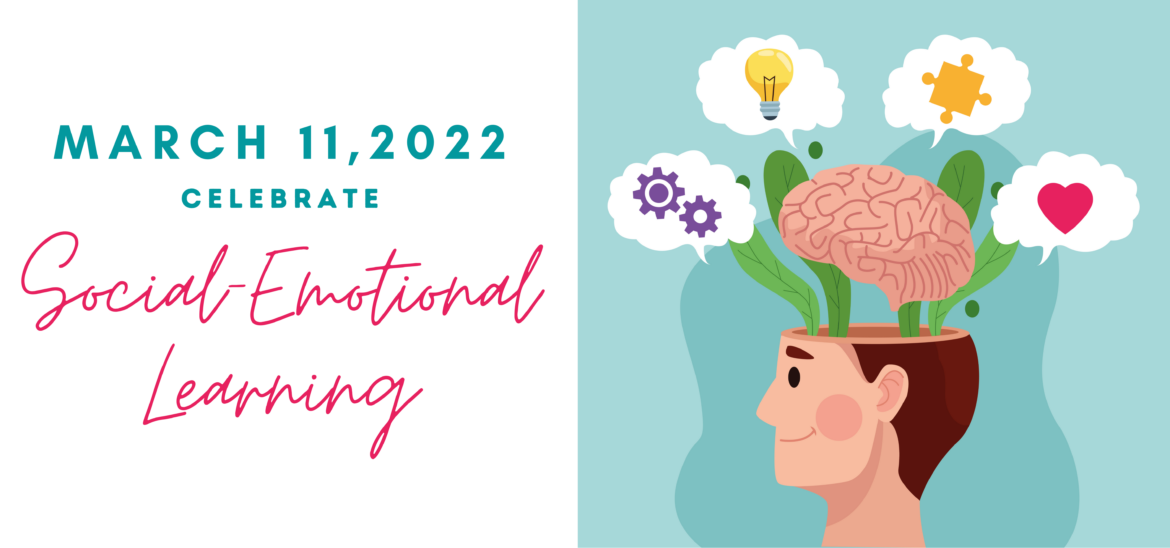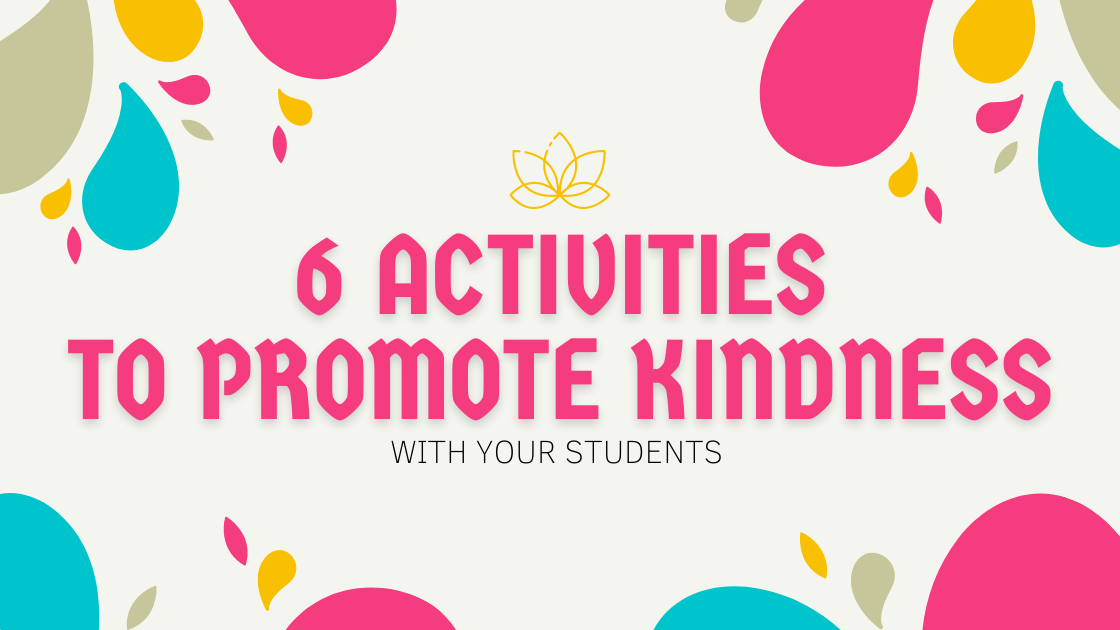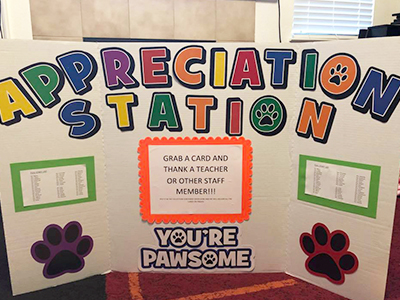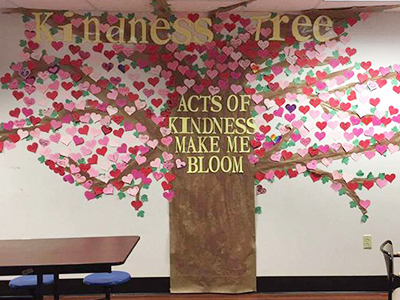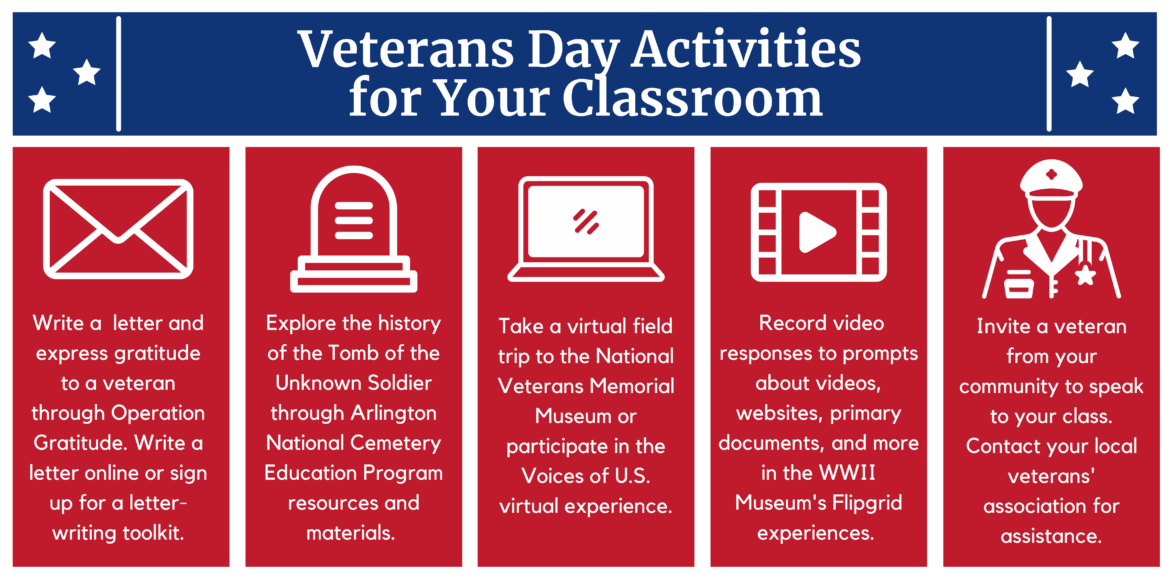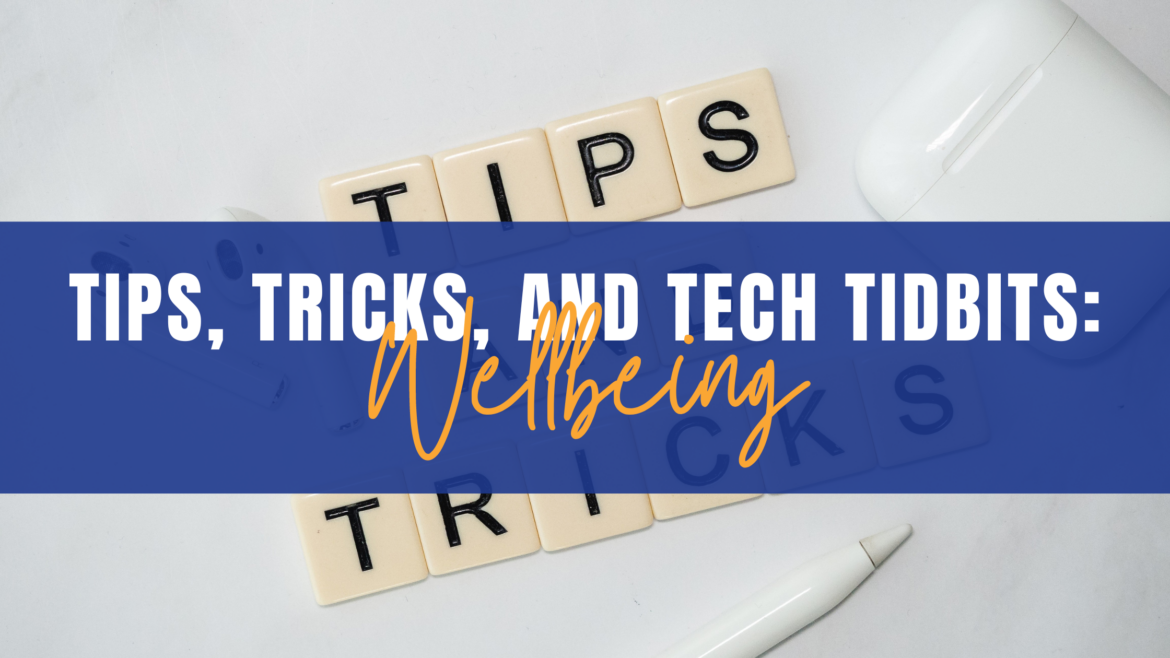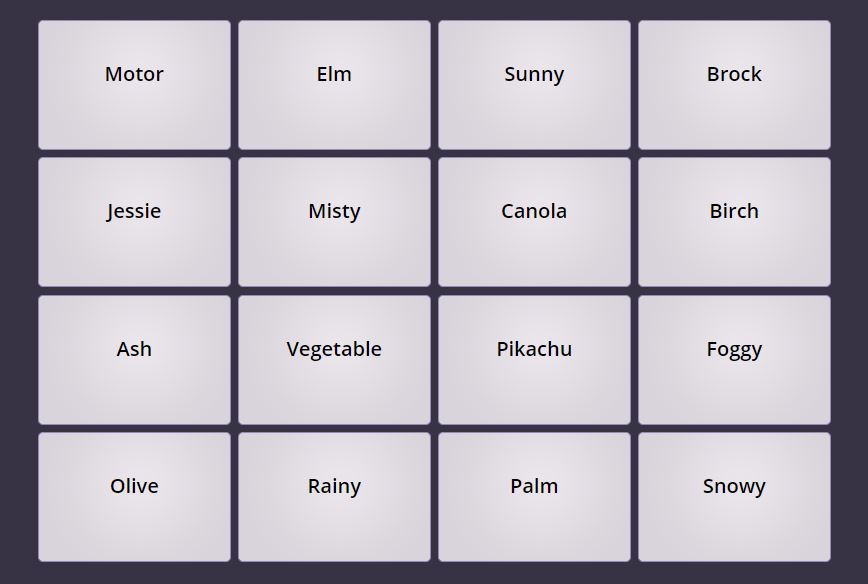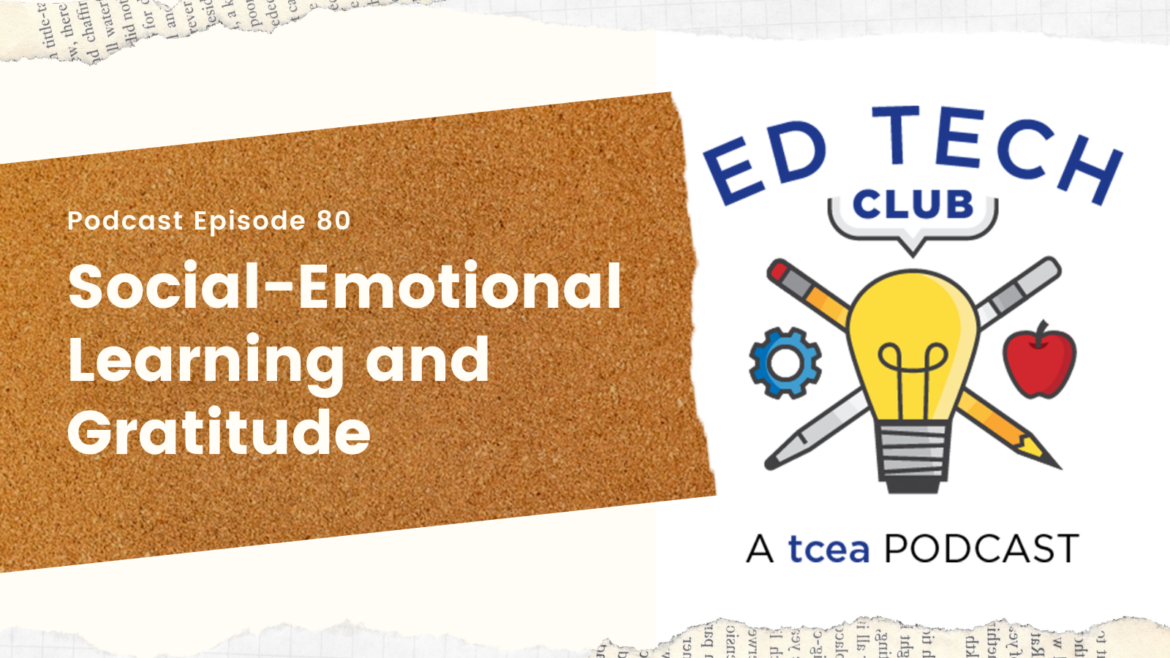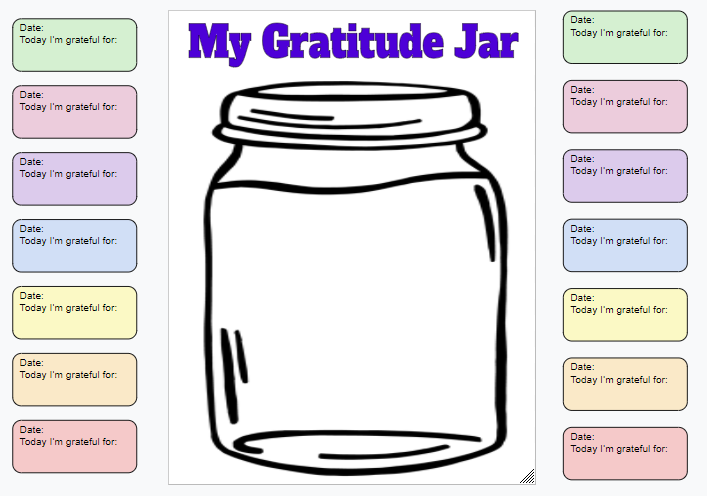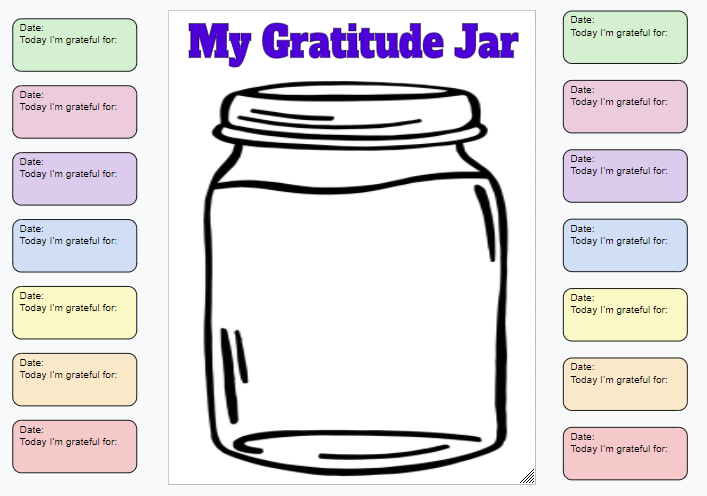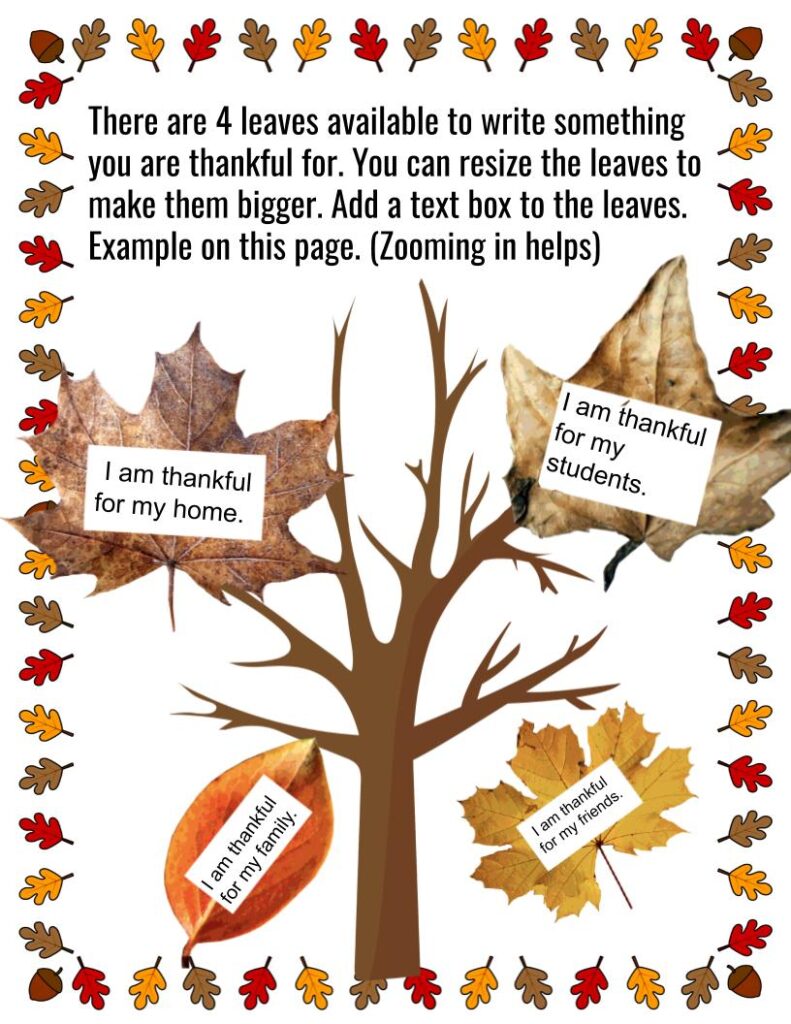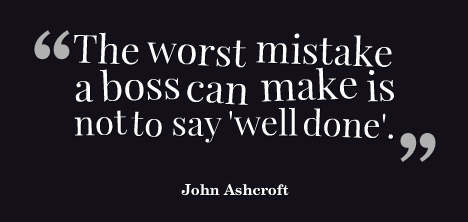This month’s roundup of new research of interest to educators is a little bit different in that we won’t be examining new teaching strategies or the latest findings about learning. Instead, we’ll look at happiness and how we can be happy – a topic of relevance for both students and adults.
What Does Being Happy Really Mean?
Happiness does not mean that you are in a positive emotional state all the time. It doesn’t mean you feel joyful and cheerful every hour of the day or run around with a smile on your face all the time. We simply aren’t designed that way. Instead, being happy means accepting negative experiences, having the skills to manage and cope with them, and using them to make better decisions later. So, it’s not just about the highs but also about how we cope with the lows.
Can You Change How Happy You Are?
According to the research, it is possible, and even fairly easy, to increase how happy you are on a regular basis. Here are four exercises that clinical studies have shown improve your feelings of happiness and well-being.
1. Grow your social connections. Social connection is the biggest factor affecting happiness, multiple studies have found. Forming close relationships with spouses, family members, friends, and community members results in being happier and both physically and mentally healthier. It’s not about how many connections you have. Instead, focus on deepening the relationship you have with even just a few individuals by giving them more of your time and attention.

2. Engage in random acts of kindness. Deliberately performing random acts of kindness can make you feel happier and less depressed and anxious, according to a series of studies from Sonja Lyubomirsky at UC Riverside. Varying those acts you do for others has a longer-term effect on your own happiness. So don’t just do the same thing each day. Give someone a compliment, make your spouse coffee, talk with a colleague that you don’t normally spend much time with. All of these actions will activate your brain’s reward system, making you feel good because you made another person feel good.
3. Express gratitude. Writing down three things you’re grateful for at the end of each day leads to long-term increases in happiness and decreases in depressive symptoms. Research shows you don’t have to spend a lot of time writing them down. Something like “I finished the report that I had been putting off” or “I went for a walk today and saw some beautiful flowers” are all that is needed. The goal is to train your brain to focus on the parts of your life that are good instead of always thinking about what’s wrong.

4. Practice self-compassion. This may be the hardest activity for many of us. We have to work to develop a warm, supportive inner voice rather than a hostile, critical one and understand that setbacks are a part of life. Being too hard on ourselves keeps us unhappy. We are worthwhile!
There are two free courses available that explore how to be happy in greater depth. The Science of Happiness online course is hosted on the edX platform. To sign up, you need to create an edX account and then register for the course there. Once you do, you’ll receive weekly emails every Tuesday as new content is posted. Yale also offers a free course on the Coursera platform called The Science of Well-Being.
What will you do to increase your happiness in 2023? How can you help your students or those you work with to be more satisfied with their lives?
Previous Articles in Research on Teaching and Learning Series
The Latest Research on Teaching and Learning: Happiness | December 2022







